Return to News Center
Contrast Ratio of Projector Screens
 Reviewed:0
Release time:2025-09-09
source:About Us
Reviewed:0
Release time:2025-09-09
source:About Us
Guide:
The contrast ratio of a projector screen is a vital characteristic that determines the difference between the darkest blacks and the brightest whites in the projected image. It plays a significant role in enhancing the visual impact of the content, making the image more vivid, realistic, and engagin

The contrast ratio of a projector screen is a vital characteristic that determines the difference between the darkest blacks and the brightest whites in the projected image. It plays a significant role in enhancing the visual impact of the content, making the image more vivid, realistic, and engaging. A high contrast ratio can bring out the details in both the dark and bright areas of the image, adding depth and dimension to the overall visual experience.
The contrast ratio is expressed as a ratio, such as 1000:1 or 10000:1. In a 1000:1 contrast ratio, for example, the brightest white is 1000 times brighter than the darkest black that the screen can display. A higher contrast ratio means that the screen can reproduce a wider range of tones, from deep, inky blacks to bright, brilliant whites. This is particularly important for content such as movies, where the contrast between the dark night scenes and the bright daylight scenes can greatly enhance the storytelling and emotional impact.
Several factors influence the contrast ratio of a projector screen. One of the key factors is the screen's material. Different screen materials have different properties in terms of light absorption and reflection, which directly affect the contrast. For instance, a screen made of a high - quality matte material can absorb more ambient light and reduce light reflection, resulting in deeper blacks and a higher contrast ratio. On the other hand, a screen with a glossy surface may reflect more light, which can wash out the blacks and lower the contrast.
The projector's own contrast capabilities also interact with the screen's properties to determine the overall contrast of the projected image. A projector with a high native contrast ratio will be able to display a greater difference between blacks and whites, and when paired with a screen that can enhance this contrast, the result is a stunning visual display. Additionally, the ambient light in the viewing environment can have a significant impact on the perceived contrast. In a dark room, the screen can achieve its maximum contrast potential, while in a brightly - lit room, the ambient light can reduce the contrast by washing out the blacks and making the image appear less vibrant.
To optimize the contrast ratio, it's important to choose a projector screen that is suitable for the projector and the viewing environment. In a home theater setting, where the lighting can be controlled, a screen with a high contrast - enhancing feature, such as a black - backed screen or a screen with a high - contrast coating, can be used to achieve a more immersive viewing experience. In commercial settings, such as in a conference room or a cinema, careful consideration of the screen's contrast ratio is also necessary to ensure that the projected content is visually appealing and easy to see. Overall, the contrast ratio of a projector screen is a crucial factor that significantly affects the quality and impact of the projected image, and understanding and optimizing it is essential for a great viewing experience.
Read recommendations:
HN30A Portable - HN Series Projector
Projectors with 3D Support
Projector Screen Horizontal Keystone Correction
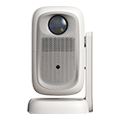
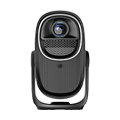



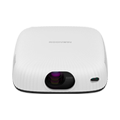
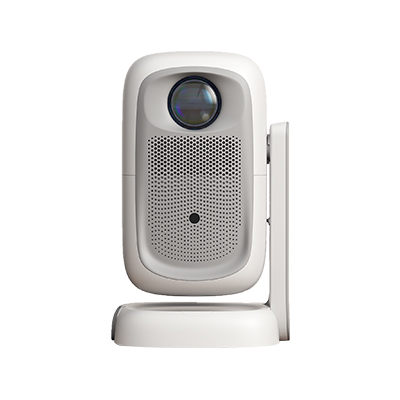

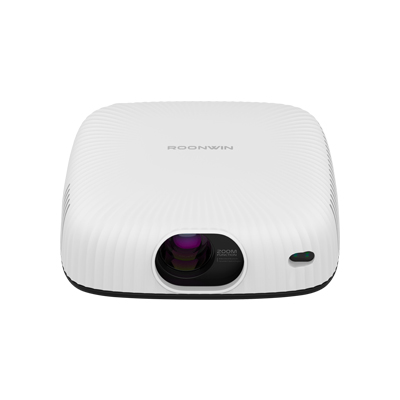









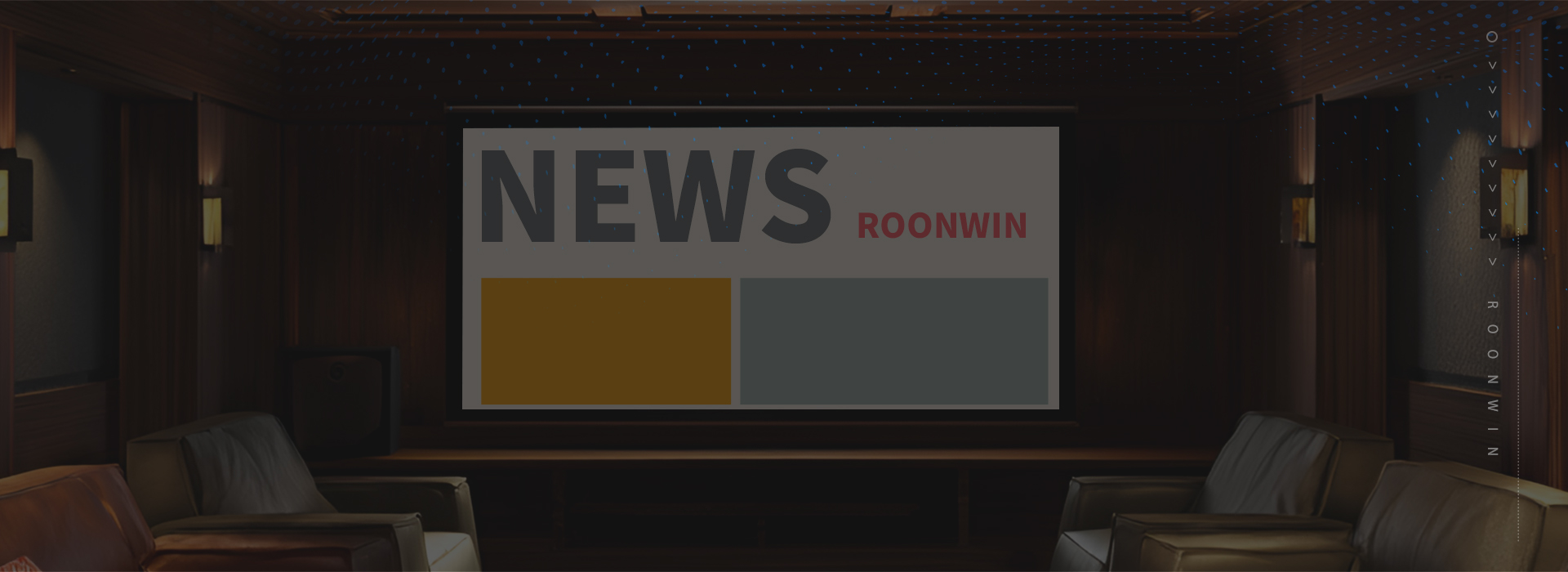
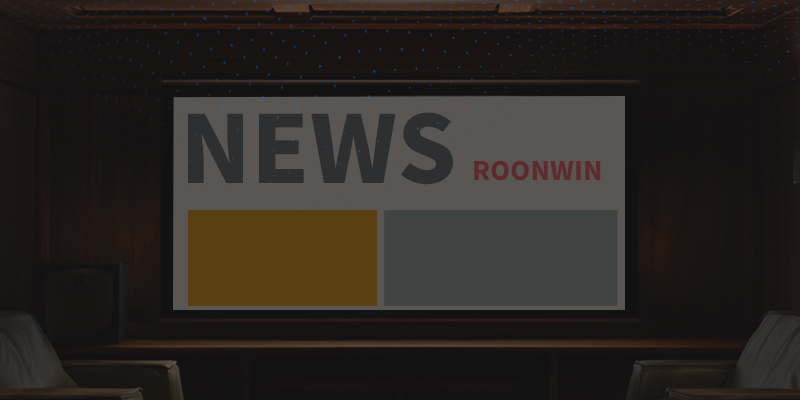
 Reviewed:
Reviewed:











